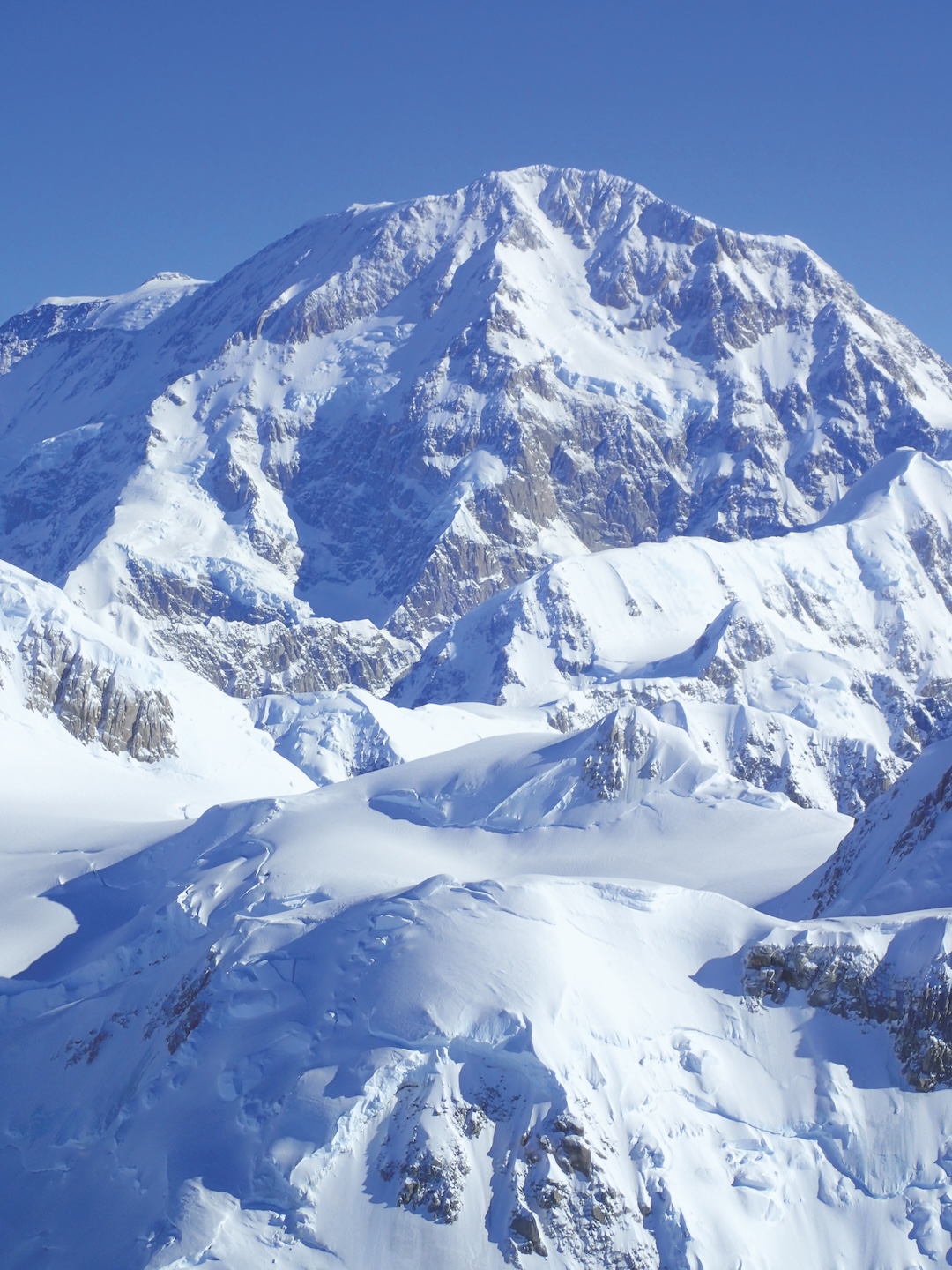Frostbite
Alaska, Denali, Cassin Ridge

On June 4, a 44-year-old male arrived at the 14,200-foot camp medical tent complaining of frostbite. He reported that he had sustained these injuries five days earlier, on the second day of his Cassin Ridge ascent. He had been working on a malfunctioning stove when he noticed that his fingers were white.
At that time, his climbing team did not feel as though they could safely descend. Instead, they continued climbing to the summit ridge. From there, they descended the West Buttress and checked in with NPS personnel at 14,200-foot camp. The injured climber had severe frostbite on eight fingers and all the toes on both feet. The patient was later evacuated by helicopter. Due to the length of time since his extremities began freezing, this patient was not a candidate for thrombolytics (clot-busting medications). He ultimately had most of his fingers and all his toes amputated, a few months after the incident.
ANALYSIS
The 2024 climbing season had several periods of calm, clear weather accompanied by very cold temperatures. Several severe and life-altering cases of frostbite occurred during these periods.
Frostbite is one of the most common injuries seen in the Alaska Range. (Learn about frostbite assessment and treatment in “Essentials: Frostbite,” by former Denali mountaineering ranger Dave Weber, in ANAC 2015.) It is also completely preventable. Whenever climbing or recreating during periods of extreme cold, use caution and pay attention to cold appendages. Climbers should not tolerate any numbness in extremities—treat this as a problem to stop and fix. Even superficial frostbite can require months of recovery. Severe frostbite is very often a life-changing event. (Source: Denali Mountaineering Rangers.)

